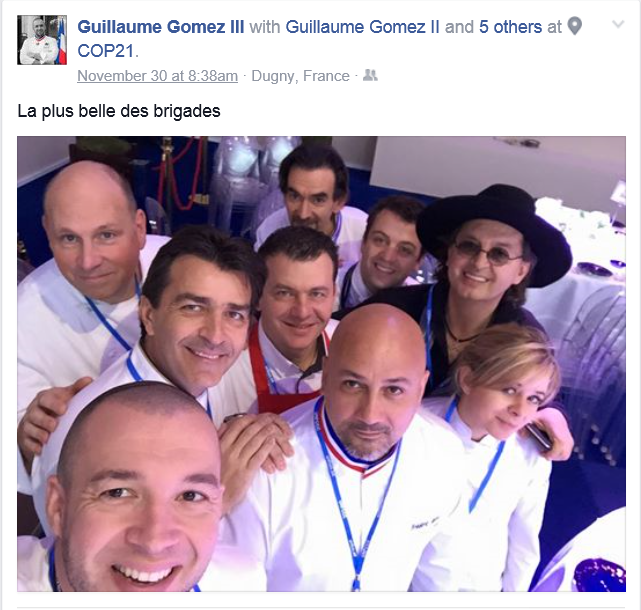
From left to right: Guillaume Gomez, Yannick Alléno, Frédéric Anton, Nicolas Masse, Alexandre Gauthier, Marc Veyrat, Christelle Brua – Photo courtesy of Guillaume Gomez, chef at the Élysée Palace.

